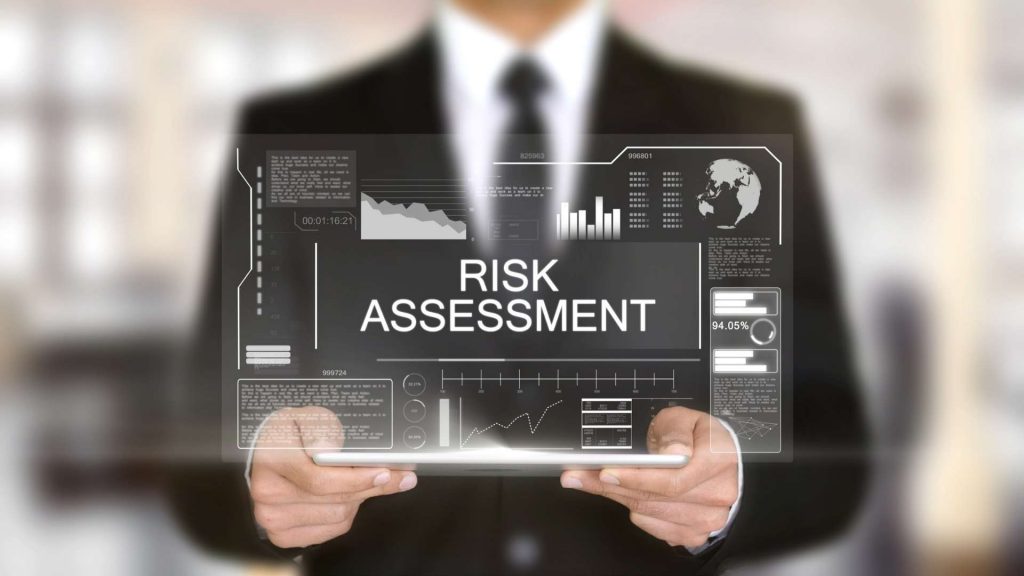Introduction
Business risk assessment is a critical process that helps companies identify, evaluate, and manage potential risks that could negatively impact their operations, reputation, and profitability. In a rapidly changing business environment, understanding and mitigating risks is essential for long-term success. This guide will walk you through the fundamentals of https://www.inovavox.com, the types of risks businesses face, and how to create a robust risk management plan.
What is Business Risk Assessment?
A business risk assessment is a systematic process of identifying and analyzing potential risks that could affect a company’s ability to achieve its objectives. Risks can stem from various factors, including internal processes, external threats, market fluctuations, or unforeseen events. The goal of a risk assessment is to help businesses understand their vulnerabilities and take proactive steps to mitigate those risks.
Why is Business Risk Assessment Important?
- Protects Company Assets: Identifying potential risks helps protect financial, human, and intellectual assets from unforeseen threats.
- Increases Decision-Making Confidence: With a clear understanding of risks, businesses can make informed decisions, reducing the likelihood of negative outcomes.
- Improves Business Continuity: A solid risk management plan helps ensure that the business can continue to operate, even in the face of unexpected challenges.
- Enhances Reputation and Trust: Demonstrating a proactive approach to risk management fosters trust among customers, investors, and other stakeholders.
- Regulatory Compliance: Many industries require companies to assess and manage risks to comply with regulatory standards.
Types of Business Risks
Business risks come in many forms, and recognizing the different types is the first step in conducting a comprehensive risk assessment. Some of the most common types include:
-
Financial Risk: This includes risks related to cash flow, credit, investment, and market conditions. Economic downturns, changes in interest rates, or poor financial management can result in significant financial losses.
- Examples: Currency fluctuations, rising costs, unpaid debts.
-
Operational Risk: These risks arise from internal processes, systems, or human error. They can disrupt the normal operation of the business and may lead to inefficiencies or loss of revenue.
- Examples: Supply chain disruptions, equipment failures, IT system outages.
-
Strategic Risk: These risks are related to the company’s strategic decisions and its position in the market. They could arise from changes in market demand, competitive pressure, or poor business strategies.
- Examples: New competitors, market saturation, failure to innovate.
-
Compliance Risk: These risks involve failure to adhere to laws, regulations, and industry standards. Non-compliance can result in fines, legal issues, and damage to a company’s reputation.
- Examples: Breaches of environmental laws, labor laws, data privacy violations.
-
Reputational Risk: These risks are related to damage to the company’s reputation, which can lead to a loss of customer trust and loyalty. Reputation is a valuable asset for any business.
- Examples: Negative media coverage, product recalls, poor customer service.
-
Cybersecurity Risk: As businesses rely more on digital technologies, cybersecurity risks have become a top concern. These risks can result in data breaches, financial theft, or loss of customer trust.
- Examples: Hacking, phishing attacks, data theft.
-
Natural and Environmental Risks: These risks are linked to natural disasters and environmental factors that can disrupt business operations or damage infrastructure.
- Examples: Floods, earthquakes, pandemics, climate change.
The Risk Assessment Process
A successful risk assessment involves several key steps, which help businesses understand potential threats and take appropriate actions. Here’s a breakdown of the risk assessment process:
-
Risk Identification: The first step is to identify all potential risks that could affect your business. This can involve brainstorming sessions with key stakeholders, reviewing historical data, and researching industry-specific risks. Tools such as risk registers or SWOT analysis (Strengths, Weaknesses, Opportunities, Threats) can be helpful.
-
Risk Analysis: Once risks are identified, evaluate their likelihood of occurring and the potential impact on the business. This step helps prioritize risks based on their severity and frequency. Common methods for risk analysis include qualitative and quantitative assessments.
- Qualitative Risk Analysis: Risks are categorized based on their severity (high, medium, low) and the likelihood of occurrence.
- Quantitative Risk Analysis: Risks are measured in numerical terms (e.g., estimated financial loss, time delay).
-
Risk Evaluation: After analyzing risks, assess whether the risks are acceptable or if they need to be mitigated. This step involves determining the level of risk the company is willing to tolerate, also known as “risk appetite.”
-
Risk Treatment or Mitigation: Once you’ve assessed the risks, create strategies to mitigate or manage them. There are several approaches to managing risks:
- Avoidance: Altering plans to avoid risks altogether.
- Reduction: Implementing measures to reduce the likelihood or impact of risks.
- Transfer: Sharing the risk with another party (e.g., through insurance or outsourcing).
- Acceptance: Accepting the risk when the cost of mitigation is higher than the potential impact.
-
Monitoring and Review: Business risks are dynamic and can change over time. It’s crucial to regularly monitor and review risk management strategies to ensure they remain effective. Set up periodic risk assessments and track the performance of risk mitigation plans.
Best Practices for Effective Business Risk Assessment
- Involve Key Stakeholders: Risk assessment should involve input from various departments such as finance, operations, HR, and IT to ensure a comprehensive approach.
- Use Technology: Leverage tools like risk management software, data analytics, and AI to streamline the risk identification and assessment process.
- Create a Risk-Aware Culture: Educate employees about the importance of risk management and encourage them to report potential risks they observe.
- Develop a Business Continuity Plan: A well-documented business continuity plan will ensure that your company can continue operations even when risks materialize.
- Stay Informed: Keep up with industry trends, regulatory changes, and emerging threats to stay ahead of potential risks.
Conclusion
Business risk assessment is a vital tool for companies aiming to protect themselves from potential threats. By systematically identifying, analyzing, and mitigating risks, businesses can make more informed decisions and ensure long-term success. A proactive risk management approach not only reduces the likelihood of negative outcomes but also enhances the company’s ability to thrive in a competitive and uncertain environment.
By regularly assessing and adapting to risks, businesses can navigate challenges more effectively and capitalize on opportunities with confidence.




